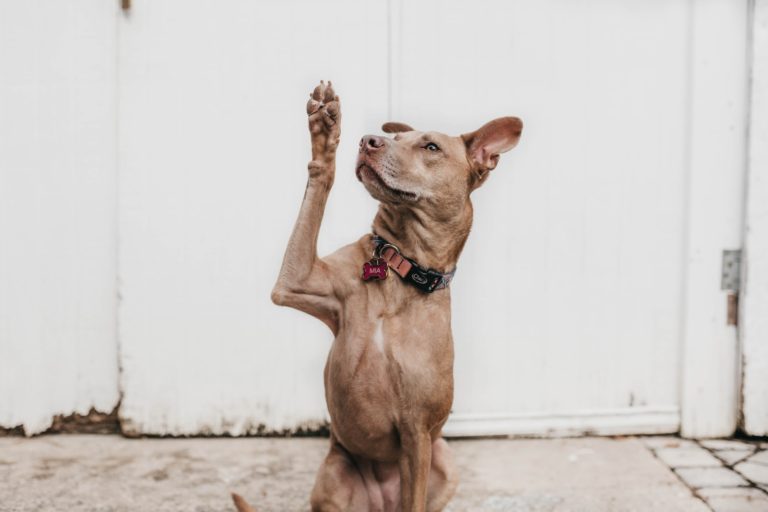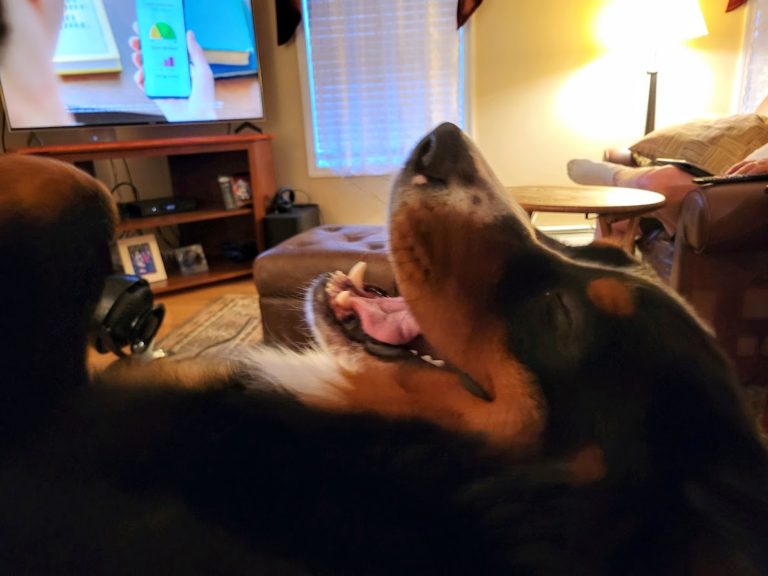Beginner’s Guide to Dog Training
Most people think house training is just about getting your dog house broken, not destroying the house, and getting into a routine. They think that eventually the dog will pick up on their behaviors and respond a specific way. In this way, the dog is “trained.”
For example, if you run everyday with your dog, and your dog gets excited when he sees you put on your running shoes, it’s assumed they are “trained.”
Don’t get me wrong. It’s totally cute. Your dog has settled into his life with you and he is conditioned. But that’s not training. There is so much more to training than that. Keep reading to learn more!
This post contains affiliate links, which means I may receive a small commission, at no extra cost to you, if you make a purchase using this link. Please see my disclosure for more details.
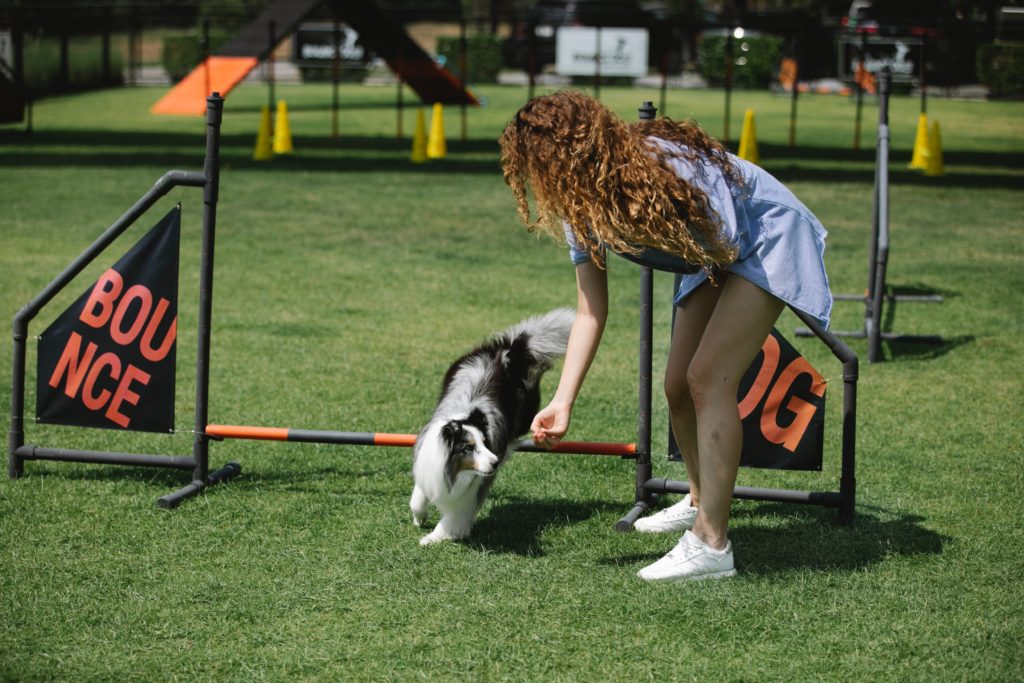
What is dog training?
Most people define dog training by teaching a dog to exhibit the right behavior based on the verbal command or hand signal you give him. They expect the dog to always behave a particular way and react calmly to all situations.
But this is subjective, because the level of training required for your dog depends on your lifestyle and the dog breed you have. Are you a therapist and want to bring your dog to work with you? You probably need to get your dog therapy trained. Do you have a small dog as a companion? Great – you probably need the least amount of training then! Do you have a specific breed, like a Bernese Mountain Dog? You probably need structured training specifically on walking on a leash to prevent him from pulling, since they were bred to drive cattle and pull carts on farms. And for some people, all they need is a house trained puppy who knows to go to the bathroom outside and not destroy the house.
Dog training is specific to your needs and is the responsibility of the dog owner to know what kind of training they need.
Why is dog training important?
I have had two family dogs before I got Ezra – one Yorkie and one Cavalier King Charles Spaniel. Training wasn’t a priority because the dogs were a shared responsibility and because they are so small. Small dogs can get away with anything.
When I got Ezra, training became an immediate responsibility because of his size. Ezra is at the point where he’s trained enough that most people would be fine with his abilities as they are. Personally, I love training Ezra. There are numerous benefits of dog training that create a deeper and richer bond between you and your dog.
My relationship with Ezra is so much more meaningful than the bond I had with my Yorkie or Cav. Ezra is more than just a companion or a dependent – he is my best friend. I wish I spent time training the Yorkie or Cav and regret missing out on the bond we could have had.
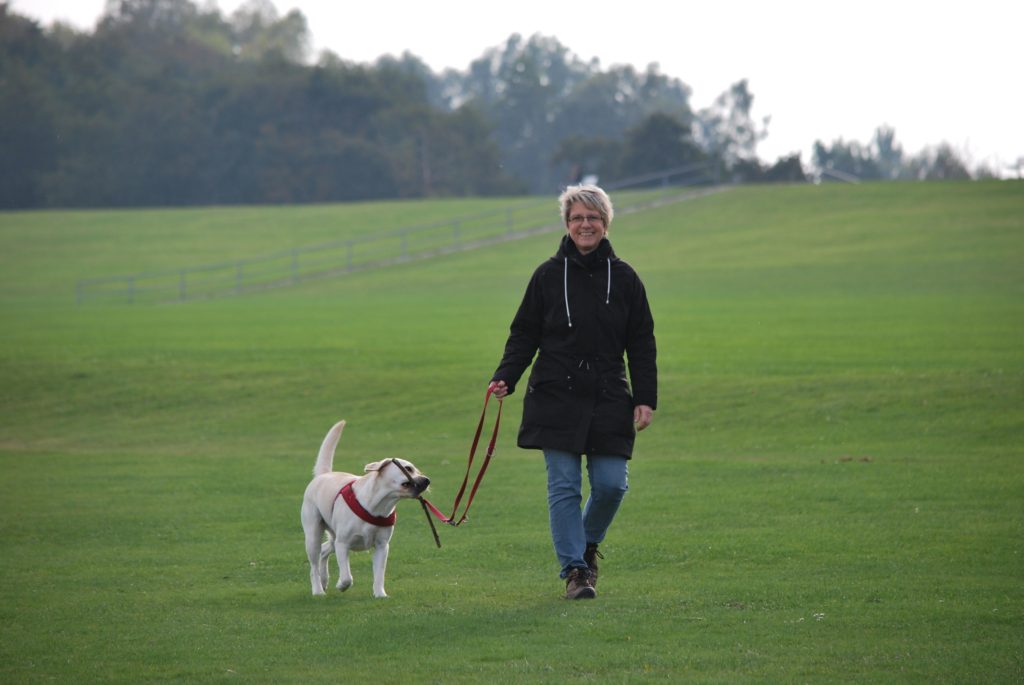
How to get started with dog training
The number one most important thing you need to get started is patience. Dog learning is not linear. Your dog is a special snowflake and may not learn the same way your previous dogs did or in the same way as your friends’ dogs if you are seeking advice. Sometimes it will feel like one step forward, two steps back and that’s normal. If you need some help on how to survive puppyhood, check out my tips on overcoming the Puppy Blues.
Along with patience you need the proper tools – a proper leash and good dog food! The best leash I have found for dog training is the sidekick. It is both a leash and training tool at the same time. It takes a little bit of getting used to, but it safely applies pressure to your dog without harming them to reinforce good behavior or prevent bad behavior.
With respect to dog food, I use anything from their normal kibble to the highest quality treats (boiled chicken or cheese). You can also use hot dogs or training rewards treats, which are small and 3 calories per treat.
It’s important to select the right treat for the behavior you are training for, especially if you are just getting started.
Tips for success in dog training
The first step in dog training is to have a good puppy schedule. Without it, it’ll be a struggle to house train your puppy and help them build a good daily routine. In the beginning, I recommend converting meal time to training time. You want your dog to work for all his food and a hungry puppy will learn anything to get a meal. As you learn more challenging skills or attempt to learn them in more distracting environments, break out the higher quality training treats or chicken.
After you establish a good puppy schedule, the next important tip is to stay consistent with it! Dog training is the same as going to the gym. You will only see the results if you consistently train. Even if the sessions get tough or the progress feels like it’s plateaued, stay patient and stick with it.
The last important tip is to research your dog breed. Dogs have tendencies based on their breed. It’s evolution and genetics. For example, herding dogs do not want to feel tied down. Getting a herding dog comfortable wearing a collar and leash will be more difficult than other types of dogs. Leash training a herding dog may require more patience and potentially the expertise of a dog trainer in order to make significant progress.
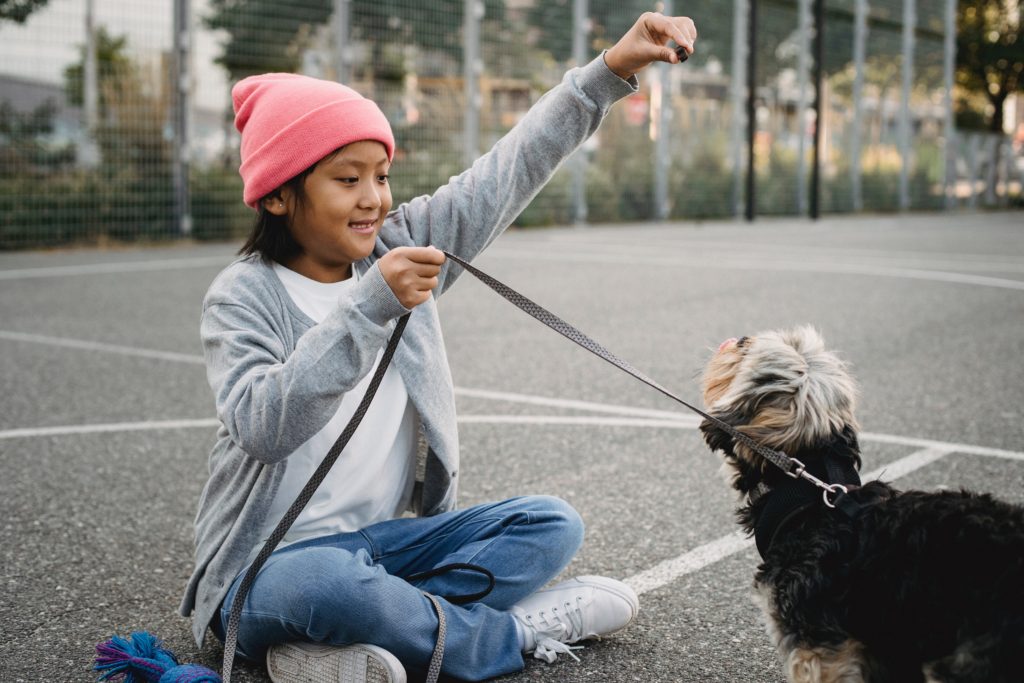
Frequently Asked Questions
The last thing you need to know about dog training
There is just so much to know about dog training! The main thing you should always remember is that it requires patience, consistency, and understanding your dog’s breed. After that, you need good dog food, a schedule, and a willingness to train yourself too. The early days of dog training is very beginner friendly and doesn’t require expertise; however, it is always a good idea to lean on a community of problem solvers and ask for advice when you need it. As your knowledge grows and you learn more advanced skills, you’ll need that community and expert knowledge more and more!
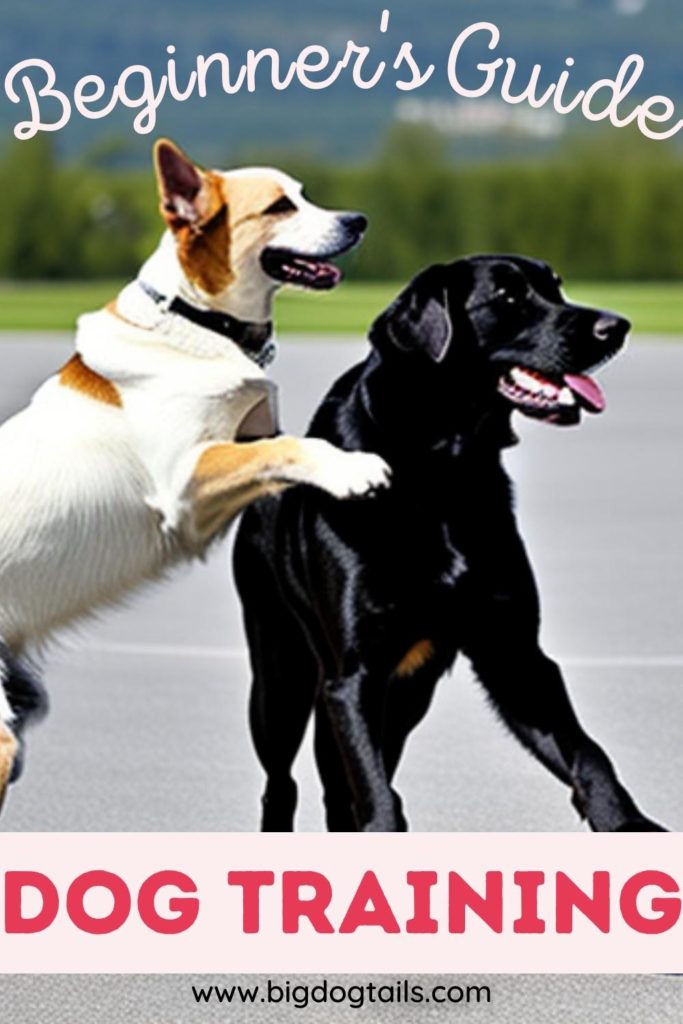
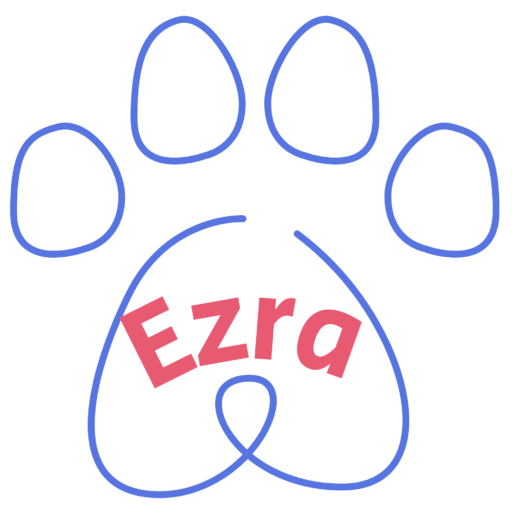
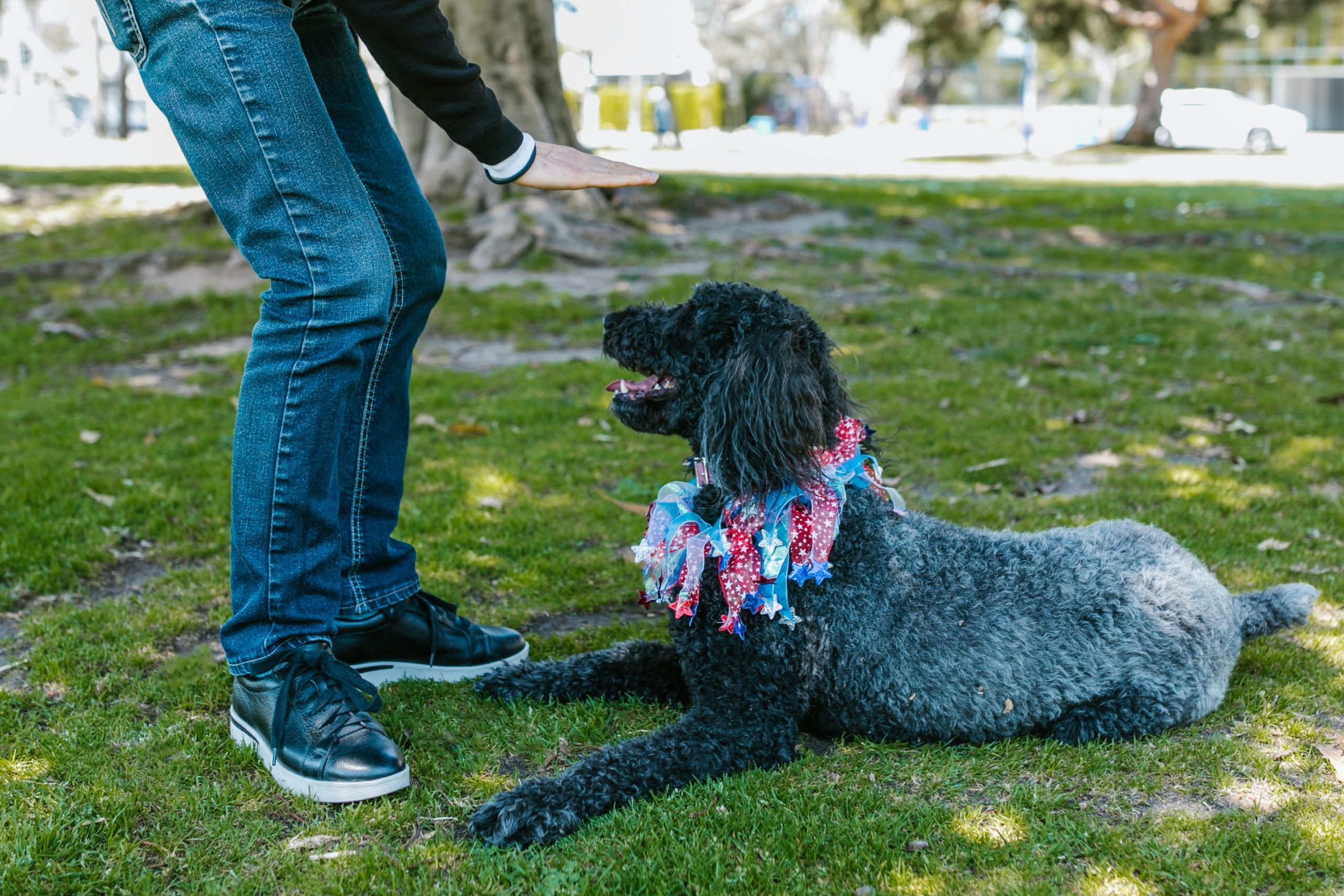
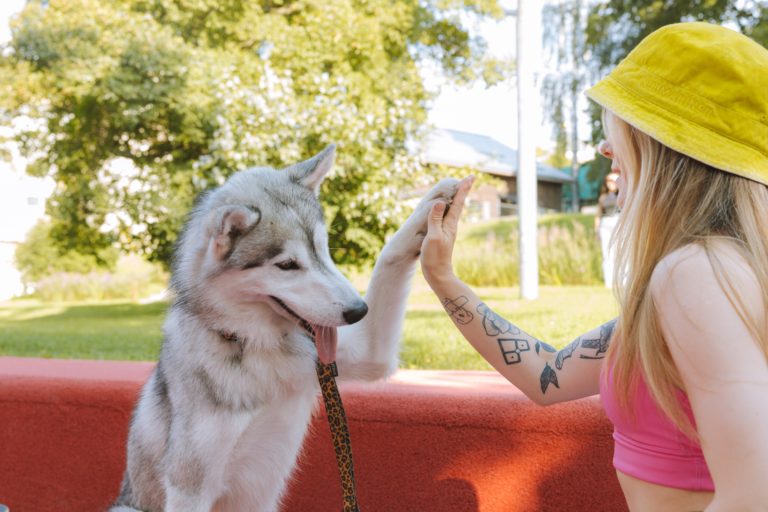
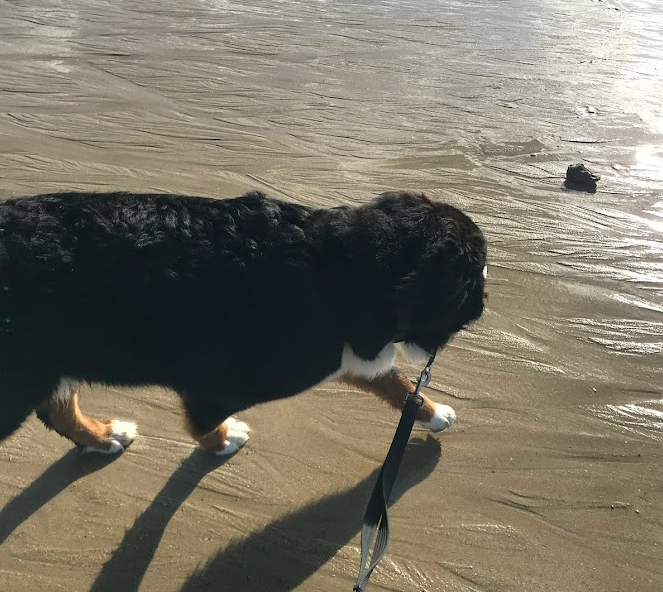
![59 Tips for First Time Dog Owners from 155 Dog Owners [2023]](https://www.bigdogtails.com/wp-content/uploads/2023/01/rectangle-768x1365.png)

